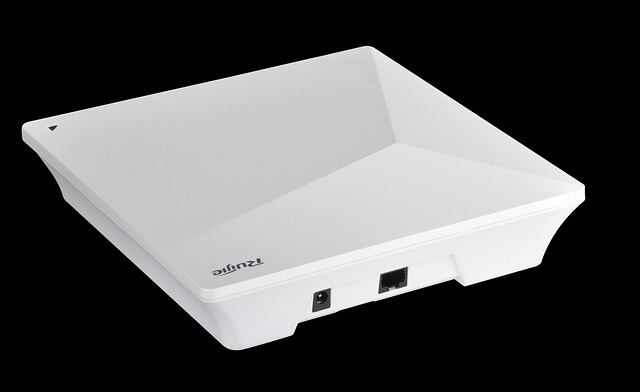
“Ultimate Guide to Setting Up Your Home Router: Hardware Edition”
Ultimate Guide to Setting Up Your Home Router: Hardware Edition
Setting up your router might seem like a daunting task, especially if you’re not familiar with networking hardware. But in the world of hardver, understanding the ins and outs of your router can make all the difference in ensuring a smooth, reliable internet connection that reaches every corner of your home.
Choosing the Right Location for Your Router
One of the most overlooked steps in setting up your router is its physical placement. The hardware itself needs to be positioned in an optimal spot to provide the best wireless coverage. Avoid hiding it in a cabinet or placing it near thick walls or metal objects, as these can interfere with the signal. Ideally, position your router centrally within your home, elevated from the floor, and away from other electronic devices that could cause interference.
Connecting the Hardware Properly
Before diving into software configurations, let’s focus on the essential hardware connections:
- Power Supply: Plug in your router’s power adapter securely into an outlet. Ensure the outlet is stable and ideally protected by a surge protector to prevent hardware damage.
- Internet Connection: Connect the WAN port of your router to your modem using an Ethernet cable. This is the critical link that brings internet traffic into your home network.
- LAN Ports: If you have wired devices like desktop computers or smart TVs, connect them to the LAN ports on the router for faster and more reliable connections.
Inspecting Your Router’s Hardware Features
Different routers come with various hardware features that can enhance your network’s performance:
- Antennas: External antennas often allow better signal adjustments. Some routers have omnidirectional antennas, while others have directional ones that focus the signal.
- Indicator Lights: These LEDs can give you a quick diagnostic of the router’s status — power, internet connectivity, and activity on LAN ports.
- Buttons: Familiarize yourself with buttons like ‘Reset’, ‘WPS’, and ‘Power’. Knowing their functions will help in troubleshooting or adding new devices securely.
Upgrading Your Router Hardware
If you find that your router’s hardware is outdated or not supporting your internet speed, it may be time for an upgrade. When selecting a new router, look for features like:
- Dual-band or Tri-band Support: This helps manage network traffic more effectively, reducing congestion.
- Gigabit Ethernet Ports: For faster wired connections.
- MU-MIMO Technology: Supports multiple devices simultaneously, which is perfect in today’s multi-device households.
- Security Features: Hardware that supports advanced encryption standards to protect your home network.
Final Hardware Checks Before Moving On
Once everything is physically connected, take a moment to double-check all cables for firm connections. Power on your router and observe the indicator lights—these are your first clues to whether the hardware setup was successful. If the router doesn’t power up correctly, or if any indicator light behaves abnormally, consult the hardware manual for troubleshooting steps.
By paying close attention to the router hardware and its setup, you lay the foundation for a network that performs well and stays reliable over time. This guide ensures that you’re not just plugging in a device, but truly mastering the hardware that keeps your home connected.



